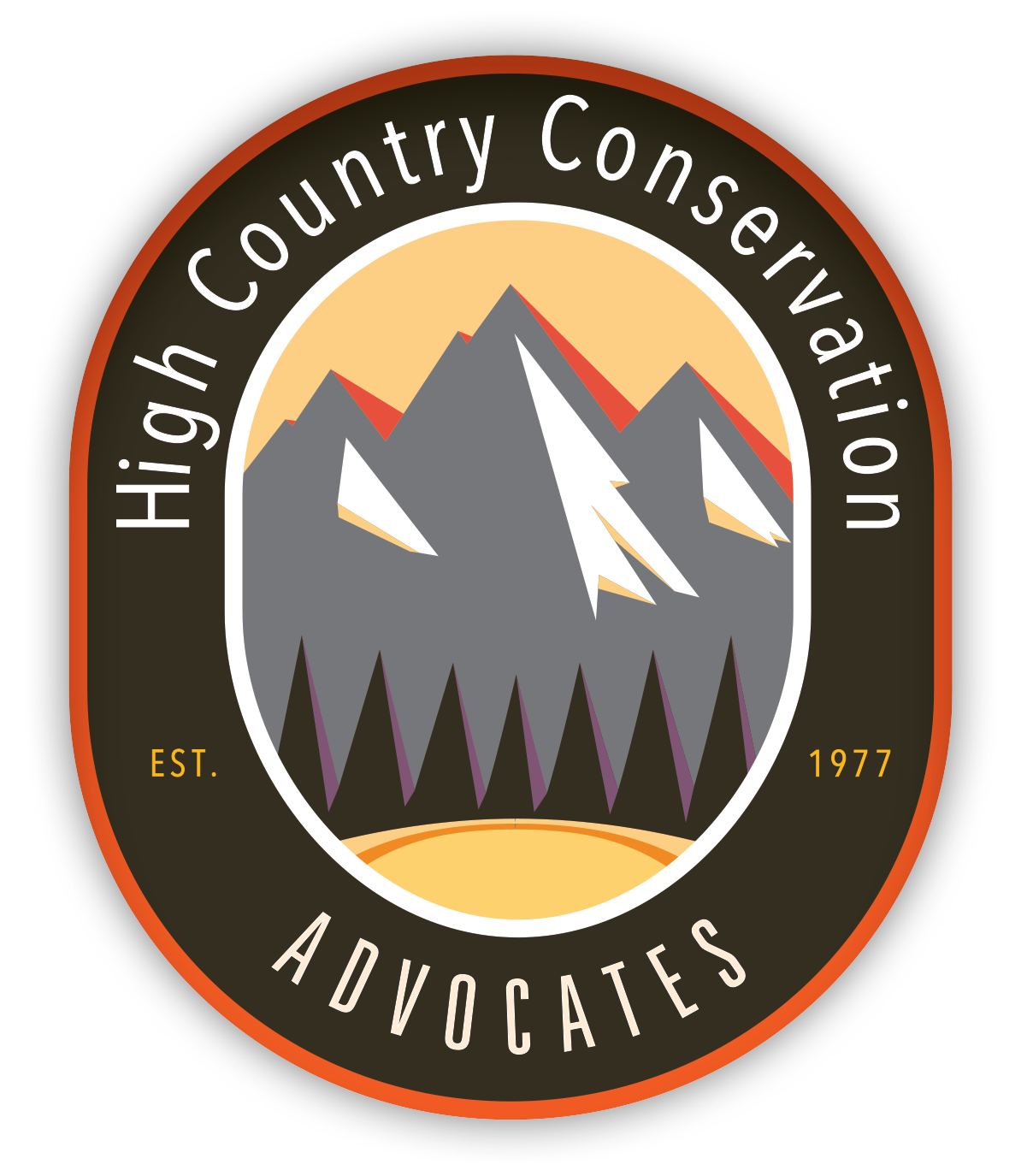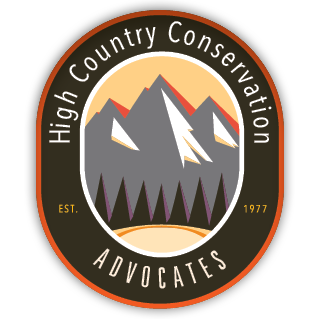Early Spring Public Lands Update
Local Coyote in the falling snow. Photo: Brett Henderson
Spring is ramping up here in the high country, and with the promise of warmer weather I’m sorting camping gear, dusting off the lenses of my birding binoculars, and planning for summer public lands adventures. But in the meantime, I wanted to provide you with some updates and upcoming opportunities concerning our public lands.
First, the Gunnison Ranger District is seeking comments on the proposed North Valley Trails Project through March 31. The agency’s Proposed Action consists of eight new trails or trail segments, one trail re-route, and three trailhead parking or day-use area expansions and enhancements near Crested Butte. For information about the proposal, including HCCA’s comments, click here.
Second, the Fifth Annual Gunnison Sage-grouse Summit is being hosted at Western Colorado University on April 4-5. The Summit will feature population and research updates, management practices and stockgrowers’ perspectives, the annual U.S. Fish & Wildlife Recovery Implementation Plan update, and a celebration of the species and those working toward its conservation. HCCA will be attending – and tabling at – the event, and encourages interested members of the public to attend. Register here prior to March 28 if attending the conference in person or virtually. The fee for the conference is $50, and includes three meals.
Third, we’re dumbfounded by a recent decision from Delta County Commissioners to reject a proposed 80-megawatt solar project on private land that would have supplied the Delta-Montrose Electric Association with renewable energy. What does this have to do with Gunnison County? For years, Delta County Commissioners have exerted outsized influence on fossil fuel development on public lands in our county. Their embrace of fossil fuels has become so extreme that they have no qualms promoting coal and gas extraction on PUBLIC lands in Gunnison County, while rejecting – without any grounding in applicable law or regulation – renewable energy production on PRIVATE lands within their jurisdiction. Meanwhile, Gunnison County is left holding the bag, a bag consisting of increased wildfire risk, less snowpack, hotter temperatures, drought, dying trees, and diminished wildlife habitat. To read our statement that was submitted to local news outlets, click here.
Fourth, the annual 30-day public comment period for the Spruce Beetle Epidemic & Aspen Decline Management Response (SBEADMR) and Taylor Park Vegetation Management planned treatments concludes on March 30. I encourage you to visit the project implementation website and look at planned treatment locations, many of which are in Taylor Park. If you have concerns with impacts to hunting, hiking, or any other forest values, please comment via the Forest Service website.
Last, for everyone who’s been hanging in there with us as a key part of our multi-year engagement in the GMUG National Forest Plan revision process, we thank you again! Your support for wilderness, special management areas, and other landscape-level conservation measures on the GMUG is so appreciated. Many of you participated by submitting comments on the Draft Forest Plan last autumn. HCCA staff received word from the Forest Service that the public can expect the Final Plan to be released (hopefully!) by the end of 2022. We look forward to providing opportunities for hikes, education events, and other engagement opportunities this summer.


